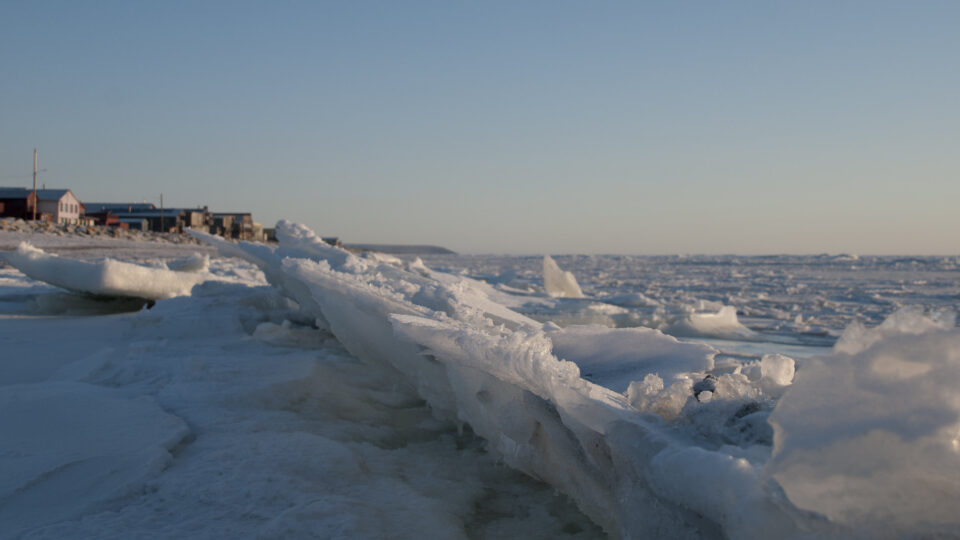Some of the most striking images of climate change are those of melting glaciers in the Arctic and polar bears stranded on shrinking sea ice. The Arctic has been warming at a rate twice as fast as the global average. In recent years, there has been growing recognition of the Arctic’s role in driving extreme weather events in other parts of the world.
Winters in the midlatitude regions have seen more extreme weather events. The past winter saw record-breaking cold temperatures and snowfall in Japan, China, and Korea. Many parts of Eurasia and North America experienced severe cold snaps, with heavy snowfall and prolonged periods of subzero temperature. On the other hand, Europe saw its second warmest winter on record with record high temperatures in many places, much drier than normal conditions, and the closure of many ski resorts.
A study published in the journal Climate and Atmospheric Science by scientists from South Korea and the U.S. looked at various climate projection models as well as historic climate data to assess what is likely to happen to weather in the mid-latitudes as the Arctic continues to warm. Warmer Arctic Sea temperatures usually result in lower winter temperatures in East Asia and North America as ocean currents and the jet streams are altered.
The study shows that Arctic warming-triggered cold waves in the mid-latitudes are likely to persist in a warmer future, but that such events will become more difficult to predict. The study highlights the importance of continued efforts to better understand the interactions between Arctic warming and the climate of the midlatitudes. There need to be better ways to predict the extreme weather events that are likely to come.
**********
Web Links
Photo, posted August 31, 2006, courtesy of Hillebrand / USFWS via Flickr.
Earth Wise is a production of WAMC Northeast Public Radio

